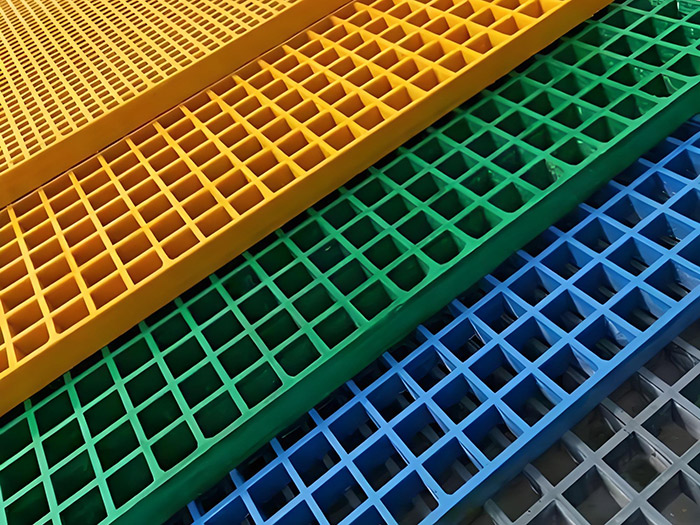Optimizing Performance with Composite Structures System: A Comprehensive Guide
Composite structures have revolutionized various industries, offering unparalleled strength, lightweight design, and durability. From aerospace to automotive, these materials are increasingly being adopted due to their superior performance characteristics. However, optimizing the use of composite structures requires a deep understanding of their properties and application techniques. This guide aims to address common questions and provide insights into maximizing the benefits of composite structures.
What Are Composite Structures?

Composite structures are materials made from two or more constituent materials with significantly different physical or chemical properties which remain separate and distinct at the macroscopic level within the finished structure. The most common example is a fiber-reinforced polymer (FRP) matrix composite, where strong and stiff fibers (like carbon or glass) are embedded in a flexible matrix (like epoxy or polyester).
Why Use Composite Structures?
The primary advantages of composite structures include:
- Lightweight: Composites are significantly lighter than traditional materials like steel or aluminum, reducing weight and improving fuel efficiency.
- High Strength-to-Weight Ratio: Composites offer exceptional strength while maintaining low weight.
- Corrosion Resistance: Unlike metals, composites do not corrode, extending the lifespan of structures.
- Design Flexibility: Composites can be molded into complex shapes, offering greater design freedom.
Common Challenges in Composite Structures
Despite their benefits, composite structures come with their own set of challenges. Understanding these can help in optimizing their performance.
1. Manufacturing Complexity
Composite manufacturing is more complex than traditional materials. It requires precise control over fiber orientation, matrix curing, and post-processing techniques. For instance, incorrect curing can lead to reduced strength and durability.
2. Repair and Maintenance
Compared to metals, composites are more challenging to repair. Damage, such as delamination or fiber breakage, is not always visible and requires specialized detection methods. Regular inspection and maintenance are crucial to ensure long-term performance.
3. Environmental Impact
While composites offer many environmental benefits, their production can be energy-intensive. Additionally, recycling composites is more complicated than recycling metals, leading to concerns about waste management.
Optimizing Performance: Key Strategies
To maximize the benefits of composite structures, several strategies can be employed:
1. Advanced Material Selection
Choosing the right composite material is critical. Factors such as fiber type, matrix properties, and environmental conditions must be considered. For example, carbon fiber composites are ideal for high-performance applications, while glass fiber composites offer a more cost-effective solution.
2. Precision Manufacturing Techniques
Investing in advanced manufacturing techniques can significantly improve the quality of composite structures. Automated processes, such as filament winding and pultrusion, ensure consistent material properties and reduce human error.
3. Non-Destructive Testing (NDT)
Regular NDT is essential for identifying hidden damage in composite structures. Techniques like ultrasonic testing, X-ray imaging, and thermography can detect issues early, preventing catastrophic failures.
4. Simulation and Analysis
Using computational tools for simulation and analysis can optimize the design of composite structures. Finite Element Analysis (FEA) helps in predicting stress distribution, deformation, and failure points, allowing engineers to refine designs for optimal performance.
Sharing Insights: Best Practices from Industry Experts
Industry leaders have shared valuable insights on optimizing composite structures. According to Dr. Jane Smith, a leading materials scientist, “The key to successful composite applications lies in understanding the material’s behavior under real-world conditions. Continuous research and development are essential to overcome current limitations.”
Another expert, John Doe, an aerospace engineer, emphasizes the importance of collaboration: “Cross-disciplinary teams, including materials scientists, engineers, and designers, are crucial. Sharing knowledge and best practices can drive innovation and improve performance.”
Conclusion
Composite structures offer immense potential for enhancing performance across various industries. By addressing common challenges and adopting best practices, organizations can leverage the benefits of these advanced materials. Continuous innovation, coupled with a commitment to sustainability, will ensure that composite structures remain a cornerstone of modern engineering for years to come.
Understanding and optimizing composite structures is not just about improving performance; it’s about shaping the future of design and manufacturing. As technology advances, the possibilities are endless, and the potential for innovation is vast.







